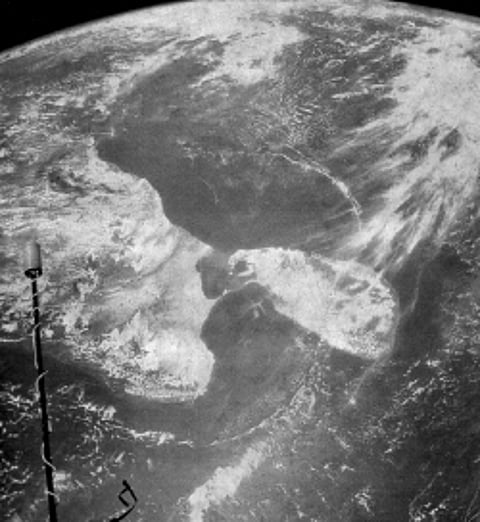Jung’s field of vision
There is an exquisite photograph by the US space agency NASA of Sri Lanka and part of the Subcontinent from space, taken during the Gemini 11 mission in September 1966 (see pic). In it, Sri Lanka is patchworked and fretted by cloud formations, with a vortex eye exposing Sri Pada (Adam's Peak) and the central hills. To the north lies India, with its cirrus-flecked mountains and cumulus-encrusted plains, highlighted by the surrounding wastes of blue-green water. Linking the landmasses to the north is a curious semicircular chain of small but dense cloud, which evokes the much-quoted traveller's maxim, Ceylon, the pearl in the necklace of India.
Whenever I study this photograph – which is often as, happily, it graces my study wall – my thoughts almost invariably float to the Swiss psychologist Carl Gustav Jung, the 20th century's master physician of the soul, interpreter of symbols and intrepid explorer of the human mind. It was Jung who redefined alchemy for the modern world, who rediscovered the universality of myth and symbol, who diverted psychology from the confines of Freudianism, and who gave us the concepts of the collective unconscious, the archetype, synchronicity, introversion and extraversion, among others.

